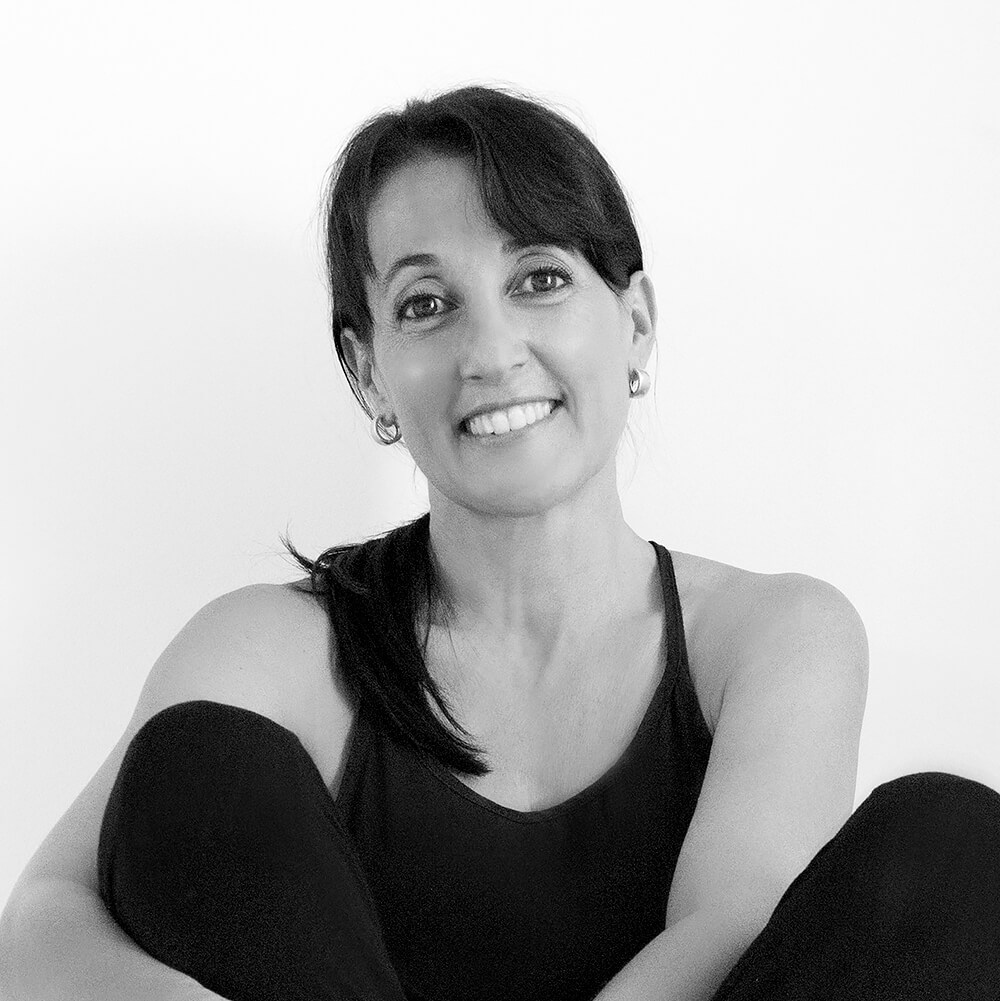Tebani Slade is a fine art, street and documentary photographer based
between Australia and Barcelona. Her approach to photography involves
storytelling and seeking the truth in her observations.
She prefers to venture to unfamiliar destinations with an open mind, devoid of
preconceived notions or generic perspectives. Armed only with her camera,
Tebani allows events to unfold naturally, following the path that each location
leads her on.
A former graduate of the Queensland College of Art, Australia she also holds a
Master of Distinction with the NZIPP (New Zealand Institute of Professional
Photography). She has received recognition and awards for her photography,
which has been exhibited both nationally and internationally. Her work has
been showcased in group exhibitions such as Women Street Photographers in
Kuala Lumpur and the Indian Photo Festival, as well as the Women Street
Photographers annual exhibition in New York and the MIA Photo Fair in Milan.
She was a finalist in the Australian Head On Photo Awards 2021 and 2022 and
took first place in the 2022 Australian Mono Awards. In 2023 she was a
finalist in the Mullins Conceptual Photography Prize and was awarded
Australian Documentary Photography of the Year with the NZIPP.
Her work has been featured in numerous publications including Australian
Photography Magazine, Aust Capture Magazine, Aust Commercial
Photography, Black & White Photography (UK edition), B&W (US edition),
Nikon UK, The Guardian Australia, Loud & Luminous Book 2020 (a
Celebration of Australian Women Photographers).
